Mention the name Singapore or the Silk Road and chances are vivid, picturesque images will immediately come to mind. Singapore suggests a rich modern maritime city, one that grew from a simple island through the efforts of a far-sighted Sir Stamford Raffles who obtained it for the British East India Company in 1819. The Silk Road, on the other hand, is seen to date much farther back. It conjures up images of age-old caravans snaking along a trade route that had linked East and West from the days of Han Dynasty China (206 BC to 220AD) and the Roman Empire. Yet a common misconception lies hidden here, namely that though the Silk Road had existed for millenia when Raffles “founded” Singapore, he took a barely inhabited island and made it into a stellar city. This is the misconception that John N. Miksic aims to dispel with Singapore and the Silk Road of the Sea 1300—1800.
Miksic, who teaches archaeology and history at the University of Singapore, does not dispute the claims of the “land silk route.” Instead, he sets about to show that land routes linking China, Southeast Asia, India and the Mediterranean were by no means the only ones. The Silk Road of the Sea dates back just as far, if not farther, and Singapore would prove to be a major player in that history. Situated at the eastern end of the Strait of Malacca, its location made it a vital trade port, instrumental in linking three seas: the South China Sea, the Java Sea and the Indian Ocean. And given the cargo capabilities of ships, the trade along this “Silk Road” could have more volume and be more frequent than land caravans.
Certainly when the early 16th century Portuguese first entered Asian waters, the question arose how they would find their way to the fabled but mysterious Spice Islands since these were totally uncharted waters for the West? Miksic’s first four chapters provide the answer. The trade routes were well in place as early as the 3rd or 4th century BC and very active. This trade never ceased. Miksic’s main focus, however, will be on the period of 1300 to 1800, Singapore’s heyday and the time before the arrival of Raffles. In that period the fortunes of Singapore rose and fell and Miksic, as an archaeologist can provide demonstrable proof.
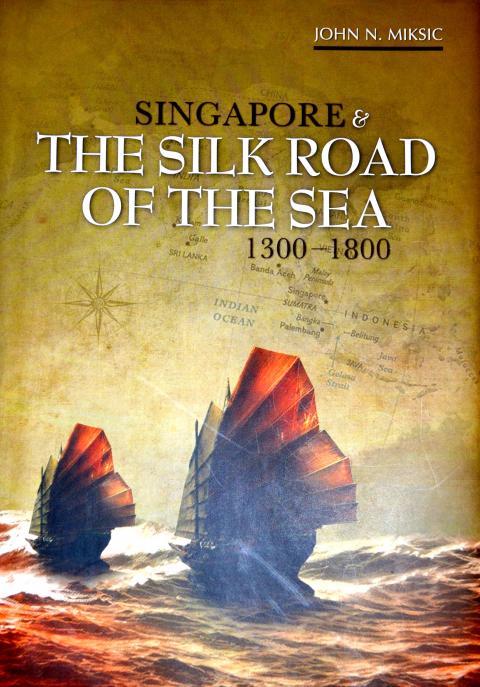
Using the results of extensive excavations in Singapore, the book’s middle chapters leave little doubt as to the imports and exports that passed through this port city century to century. With about 25 years of archaeological research, innumerable artifacts have been discovered, some areas like St. Andrew’s Cathedral yielding a ratio of 519 items per cubic meter. Raffles was aware of this history from the Malay Annals and that proved instrumental in his selection. Other potential locations were available, but Singapore had history on its side, and, for the history-minded Raffles, that made it the perfect way station between India and China, the place to tap into an already existing network.
Singapore and its exemplary excavations are prominent in the book. But other informative points of interest are present as well. Passage through the Strait of Malacca stands in contrast to the more treacherous southern coast of Sumatra. Seasonal monsoons governed east-west movements. Multiple nations participated in trade but the earliest ships of the period were not Chinese but those of Malayo-Polynesians (read Austronesian). China entered once the Han Dynasty was established and had a vacillating on-again, off-again participation. The Yuan Dynasty did not have any compunction against trade, allowing Marco Polo to follow sea routes on his return to Europe. The succeeding Ming Dynasty restricted trade until the Yongle (永樂) Emperor reopened it, bringing Zheng He (鄭和) and his fleets temporarily into the picture, but then China withdrew. Western control of the strait would first go to the Portuguese and then the Dutch who weakened Singapore’s role by requiring trade to stop at Batavia. Raffles and the British would bring it back to life.
The final chapters of the book expand the details of this vast trade network by placing Singapore in the context of its trading neighbors. Miksic’s one regret is that while trade extended from Japan’s southern Ryukyu Islands to Madagascar, none of the locations along those routes have comparable excavations allowing him to measure how large Singapore was in comparison. This seminal book encourages such, and also opens the door for future historical books and even novelists to expound on the vast history of the Silk Road of the Sea, a point that Taiwanese readers with their own Austronesian past can relate to.
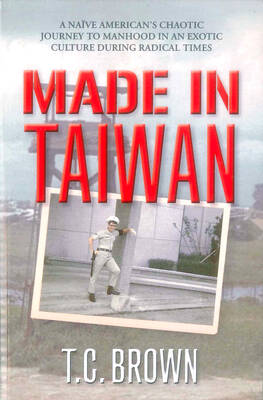
By 1971, heroin and opium use among US troops fighting in Vietnam had reached epidemic proportions, with 42 percent of American servicemen saying they’d tried opioids at least once and around 20 percent claiming some level of addiction, according to the US Department of Defense. Though heroin use by US troops has been little discussed in the context of Taiwan, these and other drugs — produced in part by rogue Chinese Nationalist Party (KMT) armies then in Thailand and Myanmar — also spread to US military bases on the island, where soldiers were often stoned or high. American military policeman
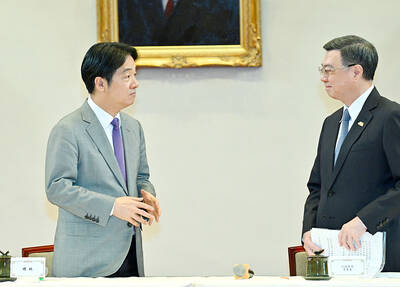
Under pressure, President William Lai (賴清德) has enacted his first cabinet reshuffle. Whether it will be enough to staunch the bleeding remains to be seen. Cabinet members in the Executive Yuan almost always end up as sacrificial lambs, especially those appointed early in a president’s term. When presidents are under pressure, the cabinet is reshuffled. This is not unique to any party or president; this is the custom. This is the case in many democracies, especially parliamentary ones. In Taiwan, constitutionally the president presides over the heads of the five branches of government, each of which is confusingly translated as “president”
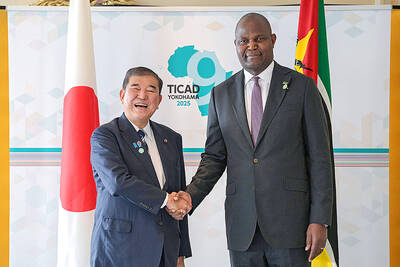
An attempt to promote friendship between Japan and countries in Africa has transformed into a xenophobic row about migration after inaccurate media reports suggested the scheme would lead to a “flood of immigrants.” The controversy erupted after the Japan International Cooperation Agency, or JICA, said this month it had designated four Japanese cities as “Africa hometowns” for partner countries in Africa: Mozambique, Nigeria, Ghana and Tanzania. The program, announced at the end of an international conference on African development in Yokohama, will involve personnel exchanges and events to foster closer ties between the four regional Japanese cities — Imabari, Kisarazu, Sanjo and
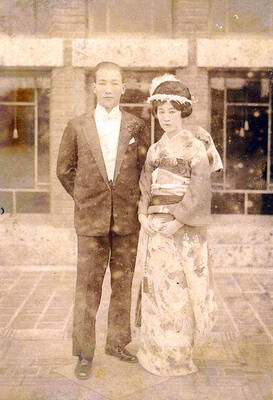
Sept. 1 to Sept. 7 In 1899, Kozaburo Hirai became the first documented Japanese to wed a Taiwanese under colonial rule. The soldier was partly motivated by the government’s policy of assimilating the Taiwanese population through intermarriage. While his friends and family disapproved and even mocked him, the marriage endured. By 1930, when his story appeared in Tales of Virtuous Deeds in Taiwan, Hirai had settled in his wife’s rural Changhua hometown, farming the land and integrating into local society. Similarly, Aiko Fujii, who married into the prominent Wufeng Lin Family (霧峰林家) in 1927, quickly learned Hoklo (commonly known as Taiwanese) and